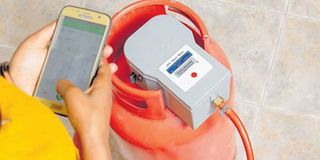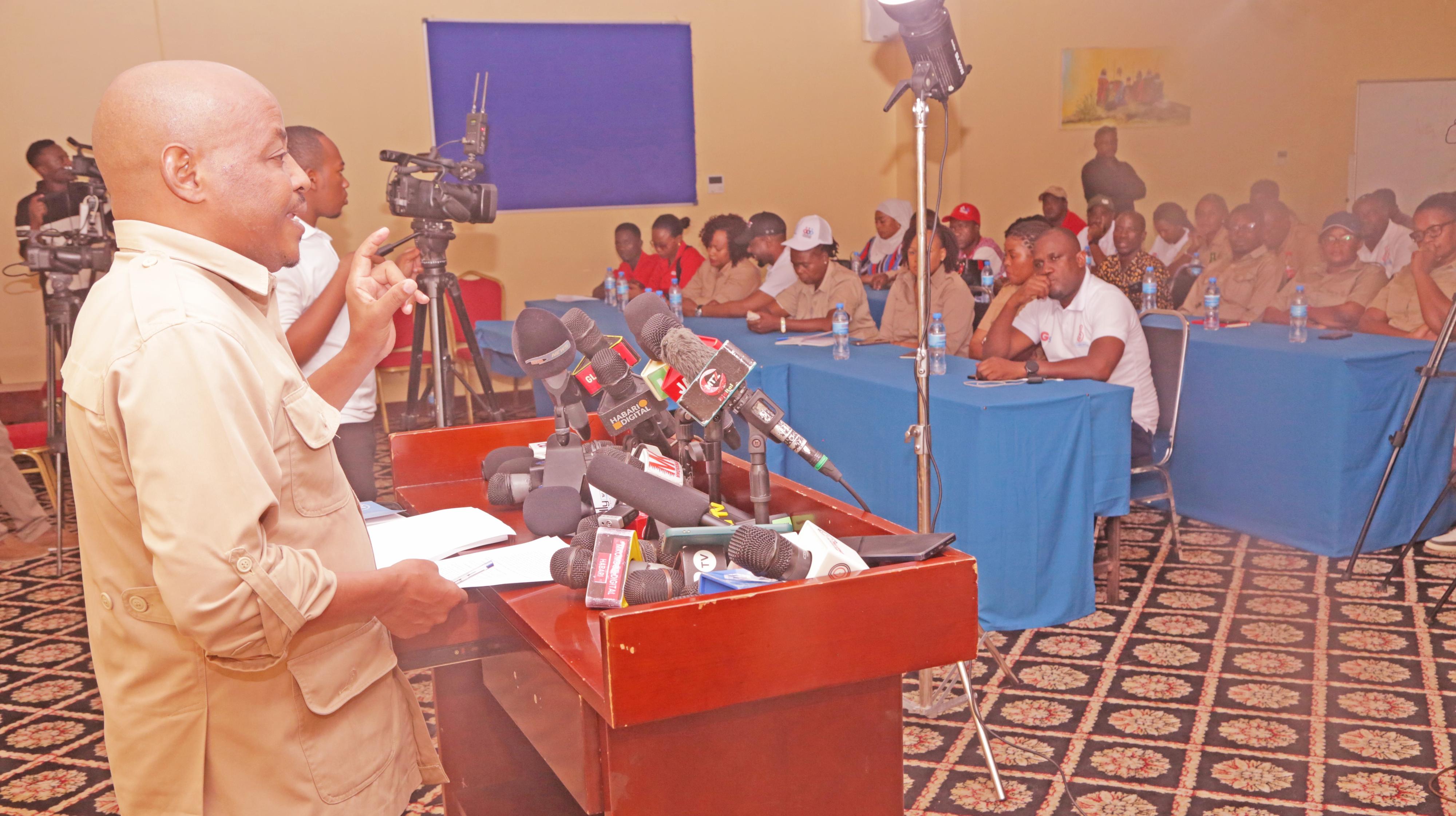KopaGas services set to reach over 200,000 families by 2021

A customer conducts a transaction using the KopaGas smart meter. PHOTO | STAFF PHOTOGRAPHER
What you need to know:
- KopaGas Company managing director Andron Mendez told The Citizen that currently more than 500 customers have benefited from the programme, but the target is to reach 200,000 customers in Dar es Salaam and Zanzibar by 2021.
Dar es Salaam. More Tanzanians will benefit from accessing initial loans to purchase cooking gas facilities after KopaGas limited received a grant from US organisation, Acumen, to expand the services.
KopaGas Company managing director Andron Mendez told The Citizen that currently more than 500 customers have benefited from the programme, but the target is to reach 200,000 customers in Dar es Salaam and Zanzibar by 2021.
According to Mr Mendez, the main objective of the programme is to empower people to acquire cooking gas facilities.
He said lack of empowerment had been identified as a challenge that was denying people the use of gas as the main source of cooking energy.
It is also targeting to discourage the use of charcoal, mainly in Dar es Salaam city where nine out of ten people use it as their main source of cooking energy, which fuels deforestation.
Mr Mendez said Acumen had agreed to offer another Sh20 billion soon after completion of the current Sh5 billion project targeting to connect 50,000 homes with cooking gas facilities by March next year.
“We came up with this simple and affordable technology to help customers to buy gas depending on their use,” he said.
He said the company would start receiving loan payments once customers started buying gas. He added that the goal was to help people to purchase gas facilities, including cylinders.
The technology was designed in 2014 and came into practice in 2017 after the designer realised that some people preferred to use gas for domestic purposes but lacked initial capital to buy facilities.




